Ruthless murderers with the blood of relatives on their hands. Makers of the Dwarf Guard. And exhibitionists, inviting thirty witnesses to their wedding night. We present ten facts from the history of the great dynasty that will change your perspective on Polish history.
As always, all TOP10 items are based on the articles we publish. This time - devoted to the Polish Middle Ages and modern times.
You rather didn't know that…
 | 10. | The Jagiellonians had one of the greatest fortunes in Europe. The papal legate was delighted after visiting the court of Sigismund Augustus that "neither in Venice, nor in Rome, nor in any royal treasures" he saw nothing that could compare with the wealth of the Polish king (read more on this topic). |
 | 9. | Bona Sforza wasn't a fat bogeyman at all. Contrary to the ideas recorded in school textbooks, the queen from Italy was considered one of the most beautiful women of the Renaissance. However, it lost to the conventions of its era and to the black PR of the Habsburg dynasty (read more about it). |
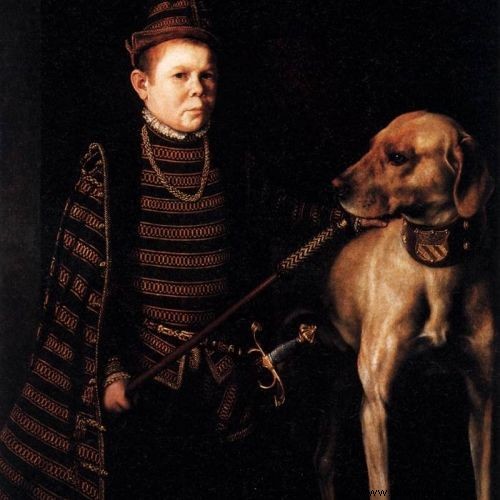 | 8. | Jagiellonian Poland was probably the only country in Europe where dwarfs had full citizenship rights. "Little people", unlike in the West, were not treated as curiosities and ridicule. They performed important court functions, they were officials, diplomats and bodyguards. Some even had a noble coat of arms (read more about it). |
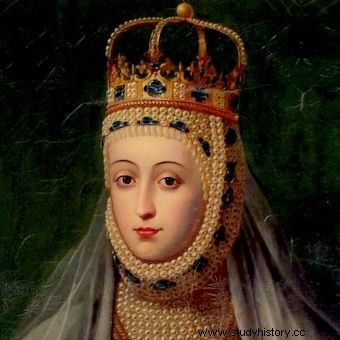 | 7. | Barbara Radziwiłłówna did not have the beauty of a model at all. Most of the tales of its extraordinary beauty date back to the 19th century. During her lifetime she was said to have an extraordinary character and to perfectly manipulate men. But almost no one was interested in her appearance (read more on that). |
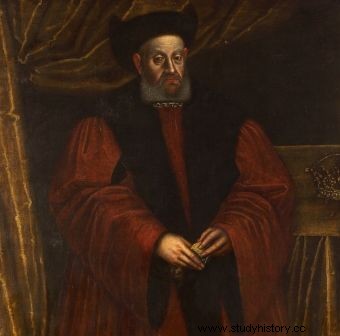 | 6. | Despite his nickname, Sigismund the Old did not live spectacularly long. In the 16th century, many elites lived to be 70 or 80 years old. Zygmunt's son-in-law, Henryk Brunswick, died at the age of 79. Zygmunt outlived him for only two years. He got his nickname for a completely different reason (read more about this). |
 | 5. | Bona Sforza did not bring Italian to Poland. Contrary to popular myth, the Polish court already ordered lettuce in the days of Jagiełło. Cauliflower and cabbage were brought to Poland by hundreds of immigrants from Italy. Before Bona heard about Rzeczpospolita, as many as half a thousand of her countrymen lived in Krakow (read more about it). |
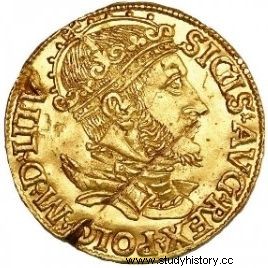 | 4. | In Poland of the Jagiellonians, only a select few could afford to light the house candles or an oil lamp. Horses, shoes and good clothes were hellishly expensive too. For comparison, everyone could afford beer or mead (read more on this topic). |
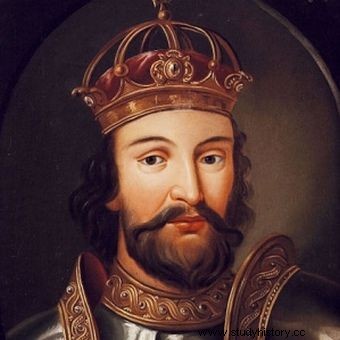 | 3. | Władysław Jagiełło was a ruthless murderer. Before he became the Polish king, he led a bloody and ruthless policy in Lithuania. He even imprisoned and treacherously killed his own uncle, who refused to submit to his authority (read more on this). |
 | 2. | The Jagiellonians raised their children in a harsh and downright brutal way. Education at the court of Kazimierz Jagiellończyk was based on prohibitions, fear and pain. About the king himself it was said that "he enjoyed his son's crying when he was beaten with a rod by that teacher" (read more on this). |
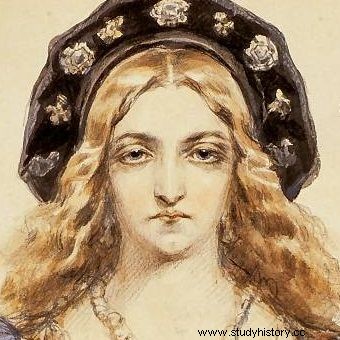 | 1. | Jagiellon's wedding nights were a public spectacle. The bride and groom went to their bedroom in the company of courtiers, state dignitaries and guests from abroad. Wine was poured over the bed and sweets were distributed (read more on this). |
